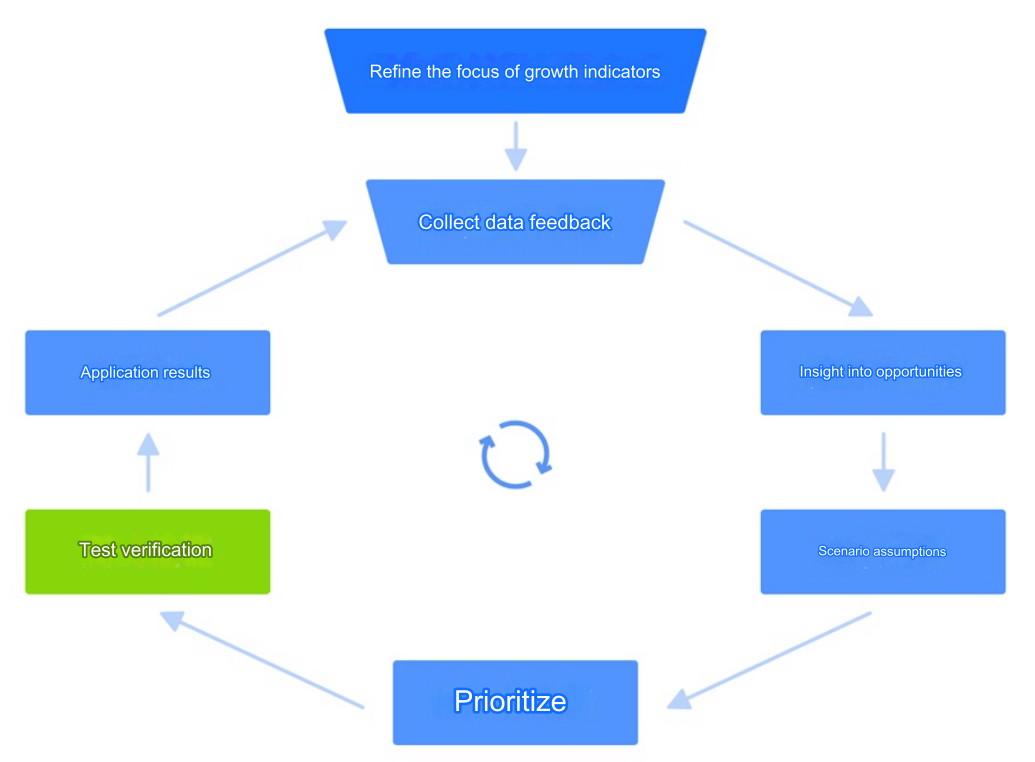In this article, the author focuses on breaking down the goals of telemarketing and discusses them across two dimensions: conversion indicators and cost indicators. Let’s take a look. The discussion here is purely about telemarketing that relies solely on phone calls and completes transactions directly through phone communication. The process typically starts with screening and distributing customer data, followed by agents making calls, communicating, and finally converting sales online.

When decomposing the goals of this type of telemarketing, the core is divided into two categories: conversion indicators and cost indicators.
1. Conversion Indicators
1.1 Customer Reach Rate
Since pure telemarketing relies entirely on phone transactions, the customer reach rate is one of the key focus areas. The main factors affecting the customer reach rate are the call connection rate and the number of call attempts.
Two core factors affect the call connection rate: the authenticity and quality of the phone numbers, and the willingness of customers to answer the calls.
In advertising scenarios, many false data entries exist, leading to situations where numbers are invalid or non-human, making them unreachable. In such cases, data strategies or risk control strategies can be applied to filter out these numbers and exclude them from the data pool. To improve customers' willingness to answer, localized dialing strategies are often used to increase the credibility of the phone number, thus improving the connection rate. For example, using a local number to call a customer from Shanghai will increase the likelihood of the customer answering. I have also implemented strategies where the call route is adjusted based on the customer’s IP location or registered residence, offering the business more possibilities.
Increasing the number of call attempts also improves customer reach. However, for low-value or low-connection-rate leads, agents often lack the motivation to make multiple call attempts. In such cases, automated call strategies, such as predictive dialing or intelligent outbound calls, can be used to increase the number of attempts.
1.2 Conversion Capacity of Connected Calls
By removing the influence of the connection rate, the conversion capacity of connected calls becomes a direct indicator of the effectiveness of operational strategies. The reason for using "conversion capacity" rather than "conversion rate" as the metric is that the cost of leads varies. For example, spending 100 yuan on a lead that generates only 1 yuan in sales means that even a 100% conversion rate is meaningless. In telemarketing, we do not further break down conversion capacity into conversion rate and average order value.
The key factors affecting the conversion capacity of connected calls are allocation strategies. A basic principle is to assign high-quality leads to top agents. This approach not only incentivizes agents to improve but also yields better results according to the data.
Another core factor is the timeliness of customer contact. Especially in real-time lead scenarios, timely contact is crucial. First, the sooner the customer is contacted after taking action, the higher their willingness to buy. Second, timely contact reduces the chance of the customer making a purchase through another platform or company. It’s important to note that timeliness of contact and timeliness of lead distribution are not the same thing, but we won’t go into detail here.
1.3 Agent Conversion Capacity
Agent conversion capacity needs to balance both cost and conversion indicators. Ideally, we want high overall lead output and higher conversion capacity per agent, which would result in fewer agents, reduced system costs, and more GMV (Gross Merchandise Value).
Breaking down agent conversion capacity, it can be measured by per-agent output and the average output per lead. These two metrics are not always positively correlated. If we aim to increase per-agent output by assigning more leads daily, it will likely raise the per-agent output but may reduce the depth of each lead’s engagement. This, in turn, could lower the efficiency of lead utilization and reduce the average output per lead.
Different types of leads and agents require varying levels of engagement. In an insurance business scenario I previously managed, the optimal number of leads per agent per day was about 50 to 100. However, this suitable range varies across different business scenarios and needs to be analyzed based on specific data.
The improvement of agent conversion capacity mainly relies on the capabilities of the agent's workstation. This includes agent SOPs (standard operating procedures), product recommendations, and even AI-generated scripts (AIGC). The core focus of the workstation's auxiliary functions is to improve the efficiency of top agents and extract their expertise into productized forms to enhance the performance of lower-tier agents. Raising the upper limit of agent performance is difficult, but improving the lower limit is relatively easier.
2. Cost Indicators
Cost indicators focus on reducing operational costs through intelligent or automated tools, or by replacing human labor with AI in standardized, simple scenarios.
2.1 Conversion Ability of Predictive and Intelligent Dialing
In the section on customer reach rate, predictive and intelligent outbound tools have already been mentioned. Besides improving customer reach, predictive dialing also reduces labor costs by freeing agents from non-productive tasks such as dialing or waiting for calls to connect. This allows them to focus on converting connected calls.
There are currently three main methods for intelligent outbound conversions:
After initial screening by intelligent dialing, interested customers are asynchronously transferred to human agents for follow-up.
Intelligent dialing screens customers and directly transfers them to human agents in real time.
The entire conversion process relies solely on intelligent outbound calls, with no need for human intervention.
Even in complex product scenarios like insurance, intelligent dialing can achieve high levels of natural conversion in some processes, often outperforming the average performance of agents handling similar leads. The model of using AI to replace human agents for conversions is gradually becoming mature.
2.2 Coverage and Accuracy of Intelligent Quality Inspection
Although current intelligent quality inspection still faces many technical bottlenecks, achieving full coverage with manual inspections is unrealistic. Thus, intelligent quality inspection has become the optimal solution. The most common industry approaches are using intelligent quality inspection to filter out suspicious cases for manual review, or directly using intelligent inspection for penalty decisions.
3. Conclusion
Telemarketing KPI goals are relatively easy to quantify directly in monetary terms. In some B2B scenarios, where indicators cannot be directly quantified by monetary value, auxiliary data can be used to verify their value. If you have any questions, feel free to discuss in the comments, and I’ll respond when I see them.







